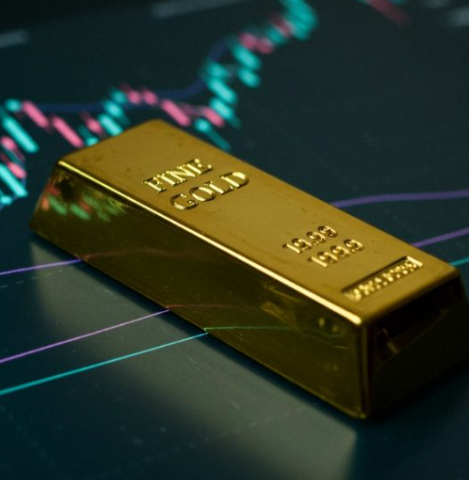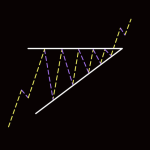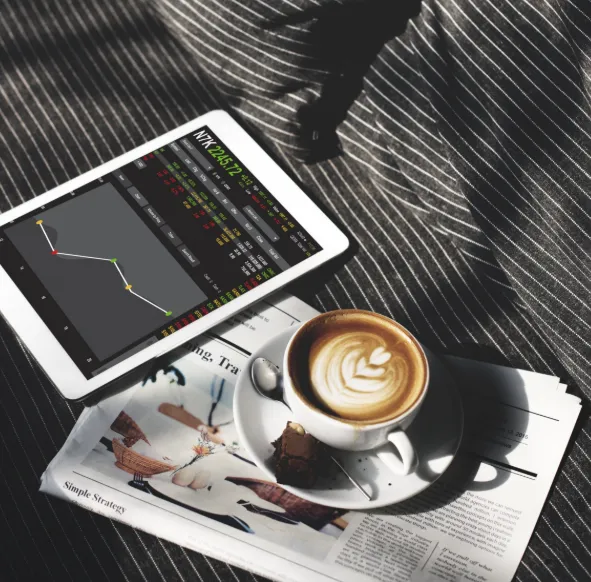Precious metals like gold and silver have long attracted traders and investors alike. These markets offer opportunities for profit, but they can also be unpredictable. Fluctuations in global economies, interest rates, and geopolitical events all contribute to their volatility. If you’re new to trading these assets, understanding the basics is essential before you risk any capital.
What Drives Gold and Silver Prices?
Gold and silver respond to a wide range of economic and political influences. Inflation, shifts in interest rates, the performance of the U.S. dollar, supply and demand dynamics, and investor sentiment all play a part in their pricing. Gold is often seen as a store of value during financial instability, while silver also has industrial uses, which can make its price movements more volatile and sometimes harder to predict.
Getting Started: Trading Strategies for Newcomers
If you’re looking to begin trading gold and silver, it’s important to approach the market with preparation and patience. Here are a few tips to guide your early steps:
- Stay Informed: Track economic reports, central bank announcements, and geopolitical developments. These events often trigger major moves in precious metals.
- Use Technical Tools: Learn how to read price charts and identify key patterns. Indicators like support and resistance, trend lines, and candlestick formations can help you time entries and exits more effectively.
- Limit Your Risk: Always trade with a stop-loss. Decide how much you’re willing to lose on a trade before you enter, and stick to it. Managing your downside is just as important as finding winning trades.
- Trade When Volume Is High: The best times to trade are usually when the London and New York markets overlap. This period often sees higher liquidity and sharper price movements.
- Start Small and Practise: Before committing real money, practise on a demo account. Once you’ve developed a consistent strategy, you can gradually scale up.
Why Gold Prices Have Surged Since 2023
As of early 2025, gold prices have climbed over 60% in less than 18 months. Several factors have contributed to this significant rally:
- Global Inflation and Uncertainty: As inflation rates remain elevated in several major economies, investors have turned to gold to protect their purchasing power.
- Central Bank Accumulation: Countries like China, India, and Russia have been increasing their gold reserves at a rapid pace, fueling additional demand.
- Geopolitical Conflicts: Tensions in regions such as Eastern Europe and the Middle East have made gold a preferred asset in times of instability.
- Softening U.S. Dollar: After strengthening in previous years, the dollar has stalled. Any shift toward lower interest rates in the U.S. could push it further down, making gold more appealing globally.
- Shift in Investor Behavior: With stock markets showing signs of stress, many traders have reallocated capital into precious metals, including through ETFs.
- Limited Supply Growth: Gold production has not kept pace with rising demand, especially with rising environmental and operational costs curbing mining activity.
- Economic Fragility: Concerns over financial system stability and slowing economic growth have pushed more investors toward gold as a long-term haven.
What Could Shape Gold’s Path Forward?
Looking ahead, several developments could influence the next leg of the gold market:
- Monetary Policy Shifts: Should the Federal Reserve cut interest rates more aggressively, the dollar could weaken further, lifting gold in response.
- Persistent Global Tensions: If conflicts around the world persist or intensify, demand for gold as a defensive asset may continue to rise.
- Ongoing Central Bank Demand: If large institutions continue building reserves, the gold market may remain well supported.
- Economic Slowdowns: Fears of recession or sluggish growth could lead to increased demand for non-yielding safe-haven assets like gold.
- Stock Market Weakness: Continued equity market volatility may also encourage more capital to flow into gold.
What Might Trigger a Decline?
Despite its strong performance, gold is not immune to pullbacks. Some factors that could lead to price pressure include:
- U.S. Dollar Strength: A rebound in the dollar, particularly if interest rate cuts are delayed, could limit gold’s appeal.
- Lower Inflation: If price pressures ease significantly, investors may rotate away from gold in search of higher-yielding alternatives.
- Profit Taking: After a sharp rally, some traders may begin locking in gains, leading to short-term corrections.
Final Thoughts
Trading gold and silver can be both rewarding and challenging. These markets are driven by a mix of macroeconomic trends, political developments, and investor sentiment. As a beginner, the key to success lies in education, discipline, and strategy.
Spend time learning how these metals react to news, understand the fundamentals behind price moves, and refine your technical analysis skills. When prices seem overstretched, don’t chase—patience often pays off. With a structured approach and strong risk management, trading precious metals can become a valuable part of your investment journey.













